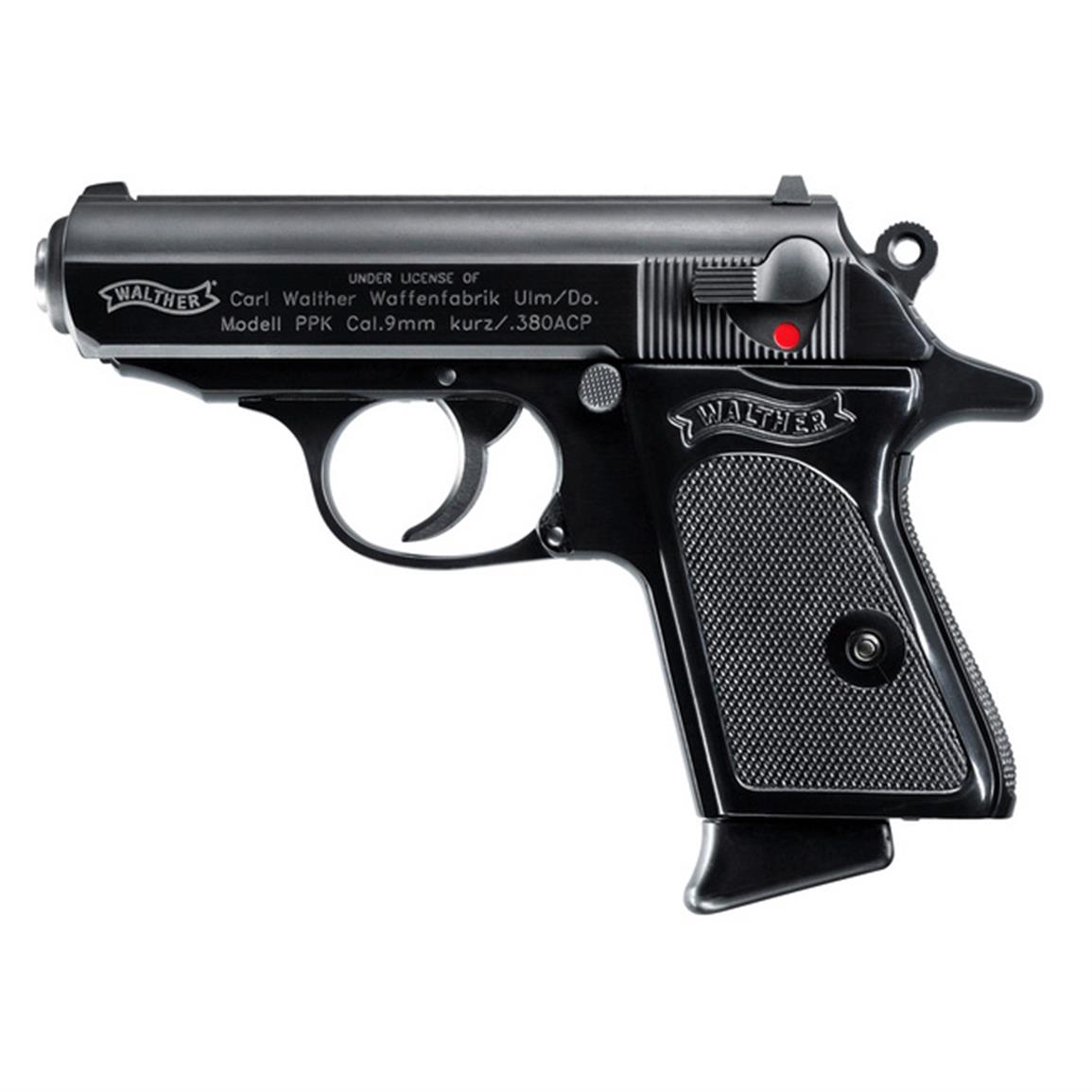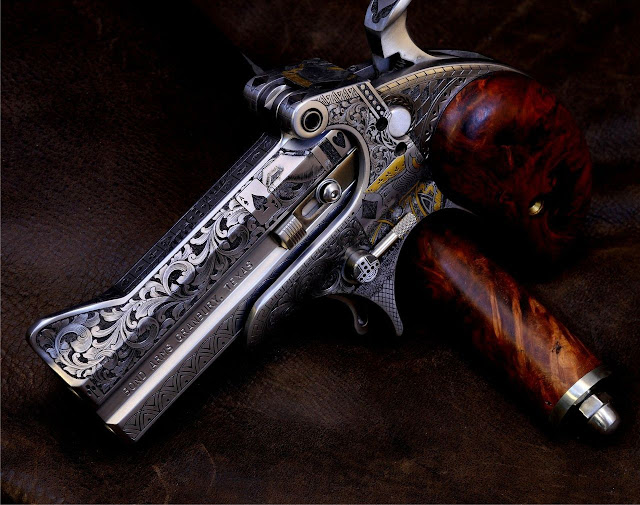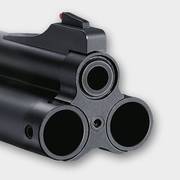by JORDAN MICHAELS
A new report from the FBI has found that of the 50 “active shooter incidents” in 2016 and 2017, individuals with valid firearm permits successfully stopped four of them.
While that may not sound like a large percentage, concealed carry holders actually outperformed their representative segment of the population. The three million Americans who carry a handgun every day represent only .9 percent of the people living in the U.S., but CCL holders stopped 8 percent of the active shooter situations in the past two years. If a greater percentage of the population carried a firearm for self-defense, more incidents like these might have been cut short.
SEE ALSO: Suppressed CDC Survey Indicates Over 2 Million Defensive Gun Uses Per Year… in 1998
The FBI defined “active shooter incidents” as when “one or more individuals actively engaged in killing or attempting to kill people in a populated area.” The feds didn’t include gang- or drug-related incidents, and analysts relied on official law enforcement investigative reports (when available), FBI holdings, and publicly available resources when gathering data.
Here’s a brief description of each incident in which a CCL holder stopped the suspect:
- On September 28, 2016, at 1:45 p.m., Jesse Dewitt Osborne, 14, armed with a handgun, allegedly began shooting at the Townville Elementary School playground in Townville, South Carolina. Prior to the shooting, the shooter, a former student, killed his father at their home. Two people were killed, including one student; three were wounded, one teacher and two students. A volunteer firefighter, who possessed a valid firearms permit, restrained the shooter until law enforcement officers arrived and apprehended him.
- On September 24, 2017, at 11:15 a.m., Emanuel Kidega Samson, 25, armed with two handguns, allegedly began shooting in the parking lot of the Burnette Chapel Church of Christ in Antioch, Tennessee. After killing one person, the shooter entered the church and shot six people. A citizen who attempted to subdue the shooter was pistol-whipped. During the altercation, the shooter accidently shot himself. While the shooter was preoccupied, the citizen, who possessed a valid firearms permit, retrieved a handgun from his car and held the shooter at gunpoint until law enforcement arrived. One person was killed; seven were wounded. The shooter was apprehended by law enforcement.
- On November 5, 2017, at 11:20 a.m., Devin Patrick Kelley, 26, armed with a rifle, exited his vehicle and began shooting outside the First Baptist Church in Sutherland Springs, Texas. He then entered the church and continued shooting at members of the congregation. The shooter exited the church and was confronted by a citizen who possessed a valid firearms permit. The citizen shot the shooter twice, causing the shooter to drop his rifle and flee the scene in his vehicle. The armed citizen, together with the owner of a pickup truck, pursued the shooter. The chase ended when the shooter’s vehicle struck a road sign and overturned. Twenty-six people were killed; 20 were wounded. The shooter committed suicide with a handgun he had in his vehicle before police arrived.
- On November 17, 2017, at 4:30 p.m., Robert Lorenzo Bailey, Jr., 28, armed with a handgun, allegedly began shooting in the parking lot of Schlenker Automotive in Rockledge, Florida. The manager of the auto repair shop and an employee, both possessing valid firearms permits, exchanged gunfire with the shooter. One person was killed; one was wounded. The shooter, shot twice during the exchange, was held at gunpoint by the manager until law enforcement arrived and took him into custody.
The FBI recorded another incident in which the CCL holder forced the suspect to flee, but the suspect began shooting at a different location soon after.
SEE ALSO: New Yorker’s Adam Gopnik, “Guns, however, have an almost entirely symbolic function. No lives are saved. No intruders are repelled. The dense and hysterical mythology of gun love has been refuted again and again.”
The study only reports one incident in which an armed citizen was wounded while attempting to intervene, which works to discredit the argument that CCL holders always end up getting shot when they try to stop a suspect.
These incidents represent only a small fraction of the millions of defensive gun uses each year, but they nonetheless suggest the good that armed law-abiding citizens can accomplish. If 20 percent of Americans carried a handgun every day rather than .9, perhaps all or most of these mass casualty events could have been averted.





 Also the ammo is not real cheap any more.
Also the ammo is not real cheap any more. 




































